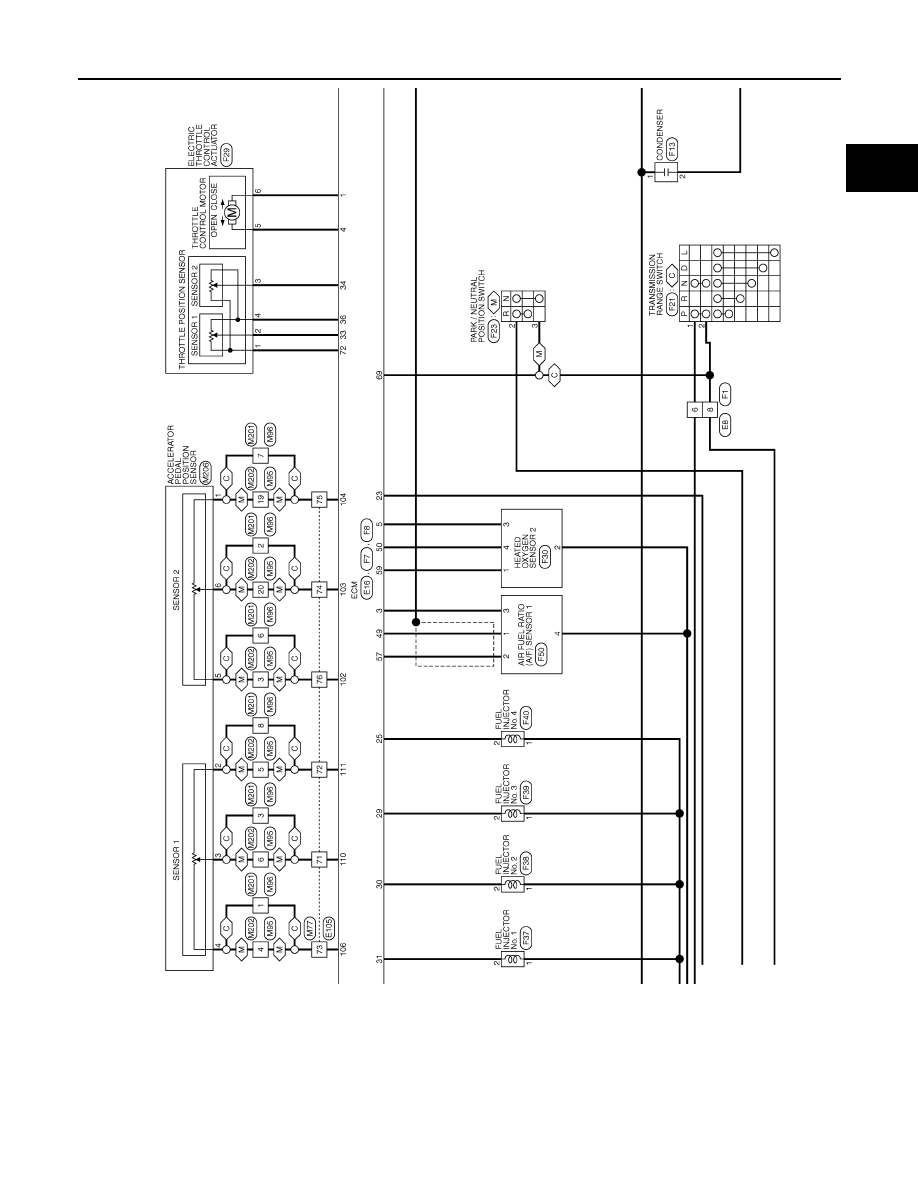Nissan March K13. Manual - part 159

ENGINE CONTROL SYSTEM
EC-97
< WIRING DIAGRAM >
[HR12DE (TYPE 1)]
C
D
E
F
G
H
I
J
K
L
M
A
EC
N
P
O
JCBWM1483GB
|
|
|

ENGINE CONTROL SYSTEM EC-97 < WIRING DIAGRAM > [HR12DE (TYPE 1)] C D E F G H I J K L M A EC N P O JCBWM1483GB |